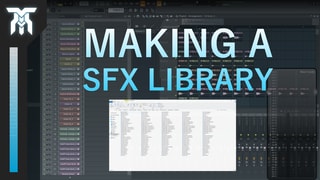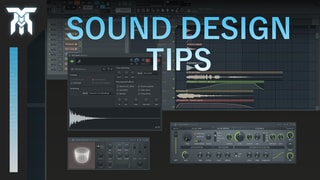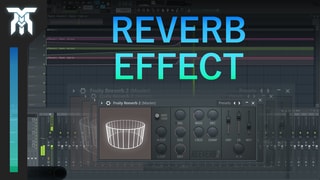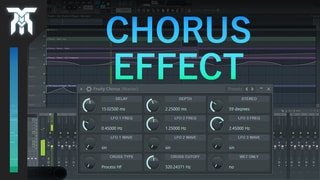Updated: Jun 21, 2019
Share!
How To Make Better Transition Effects In Your Music
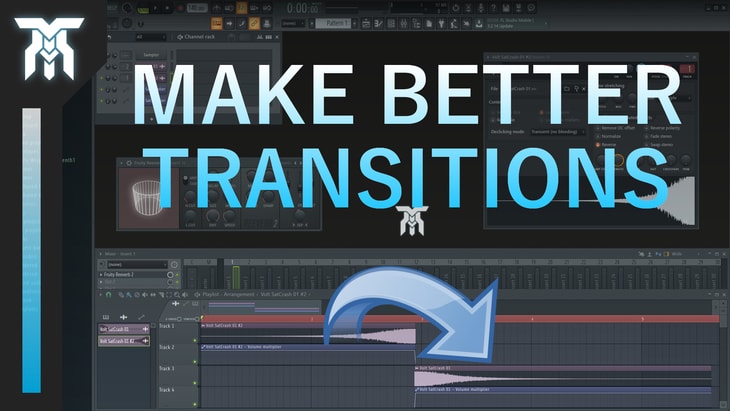
Learn how to make better transition effects in your music in this blog post.
It's rather boring to switch from one part of your arrangement to another without any transition effects to make it a bit smoother.
If you're wondering how to make your own unique transition effects, stick around, I'll be talking about some different ways you can do this.
Not every change in your arrangement calls for one of the tips I'm going to talk about in this tutorial.
But, it is good to include some other effects like what I go over in my video about making better intros, which applies to introducing any sound throughout your song.
Creating a Sweeping Transition Effect
You can quickly make a sweeping effect by reversing a cymbal crash into another one. You can either use an entirely new sample or just duplicate the normal one and reverse the copy.
Whatever way you choose, make sure to line them up with precision as it can make an obvious stop or jump if you don't.
You may have to zoom in quite far to make sure of this and will most likely need to temporarily disable "snap to grid" so you can nudge the sample very slightly.
You can do this by holding down ALT and dragging, SHIFT and scrolling on the top bar of the pattern, or by going to the magnet icon on the top left of the piano roll and selecting "none".
Just remember to switch it back if you use the menu as it will make it really annoying to arrange your song when you zoom back out.
I usually have it set to “Line” so it's dynamic and is based on how zoomed in I am.
How To Smooth out Transients in Sweeps
Depending on the samples you use, the initial snap (or transient) may interfere with the sweep where the two samples connect. I've got two, ehh, kind of 3 ways you can deal with this;
Automate the Volume
You can automate the volume on both samples where the initial hit of the cymbal is heard. When the two samples overlap, this is known as cross-fading.
Basically, you decrease the volume of one sample and increase the other, usually at the same rate.
Add Reverb to the First
You can add a reverb to the reversed one to make it less harsh at the end (or technically the middle of the sweep).
This will help it blend the two together and make them sound like a single sample.
Adjust the Volume of Each
You can also adjust the volume level of each individually to give it more of the style you're looking for.
E.g. You can give the reversed one have a lower volume and the regular crash a higher one to create more of an impact and less of a sweep.
Percussion/Drum Fills & Breaks
For tip number two, it's all about drums, and most commonly it's going to be toms but could be any kind of percussion.
Using drum fills at the end of a pattern, right before the next one, will make the transition a lot better.
This can even be done when going into the same loop or pattern to keep things interesting.
To start, you'll want to pick out your drums. Once you have a few to work with, you can start to write out your own pattern. Nothing too crazy but enough to make it exciting.
Synth Fills & Sweeps
Finally, tip number three. Very similar to the last one but instead of percussion this one involves synths or other instruments.
What you want to do is make your own quick sound effect like an arp or some kind of short note structure.
You can really make them your own way and with your own choice of sound. The point of this is to just create a bit extra detail to grab the listeners attention for the next part.
Let me know in the comments below what you're favorite technique was from the transition tutorial and any other ones that I didn't mention. As always, thanks for reading!
Featured Post
Share!
Join the newsletter for free stuff and some knowledge too!
Everything you need. No Spam. A heads up before others do.




